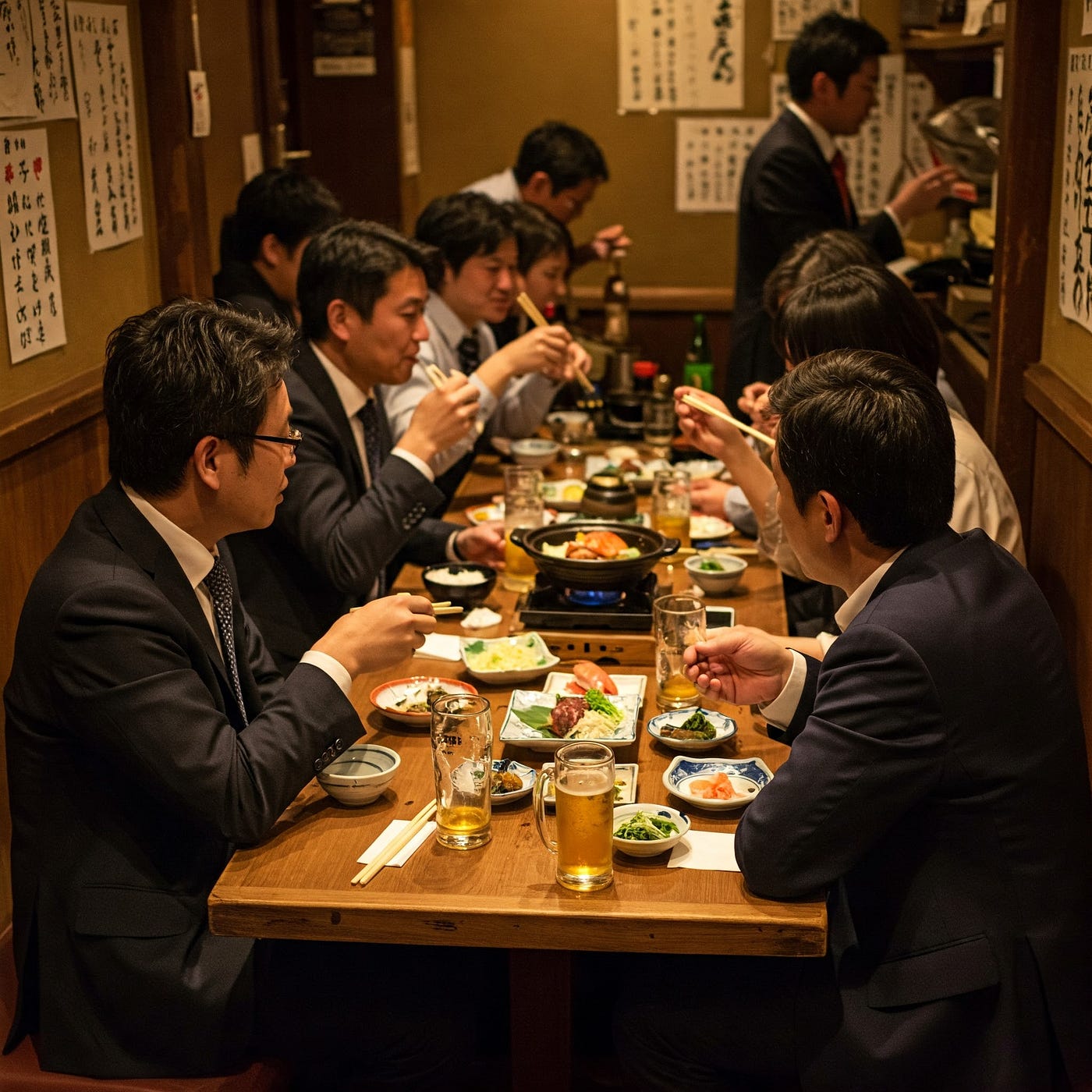Izakaya and the Culture of Entertaining in Japan

In Japan, izakaya — casual restaurants where people gather to eat and drink — are a common sight. But from an international perspective, izakaya are a unique blend of two worlds: in many Western countries, meals are typically enjoyed at restaurants, while alcohol is reserved for bars or pubs. The combination of food and drink in a single, laid-back setting is part of what makes izakaya culture so special.
Izakaya menus are extensive, with dishes meant to be shared among groups. Diners enjoy small plates alongside a wide range of alcoholic options, including beer, sake, shochu, umeshu (plum wine), and fruit-flavored “chuhai.” One surprising concept for many foreigners is the “all-you-can-drink” (nomihodai) option, often available for a set time.
Late-night hours are another defining feature, with many izakaya staying open until the early morning. It’s common to move from one place to another in a night — a practice called hashigozake, or bar-hopping. Another uniquely Japanese trend is senbero, a term for sets that get you “happily buzzed” for just 1,000 yen. And after a night of drinking? There’s the ritual shime no ramen — a hot bowl of ramen to end the night.

Beyond socializing, izakaya also play an important role in Japan’s business culture. From post-work drinks with colleagues to formal dinners with clients, settai (business entertainment) has deep roots in Japanese professional life. In contrast to many Western cultures, which often separate work from personal life, drinking with coworkers or clients in Japan is considered a vital part of relationship-building.
This can be confusing — or even perceived as inappropriate — by foreigners, as it sometimes appears to blur the line between hospitality and obligation. In some cultures, it may even resemble bribery.
Japanese settai also comes with its own set of etiquette rules: when clinking glasses, always hold your glass lower than that of your senior. Subordinates are expected to pour drinks for their superiors. Even the seating arrangement is influenced by hierarchy, with the highest-ranking guest seated in the “kamiza” (seat of honor).

These unspoken rules reflect Japan’s deep respect for structure, hierarchy, and social harmony — even during a casual night out.
Comments
Post a Comment